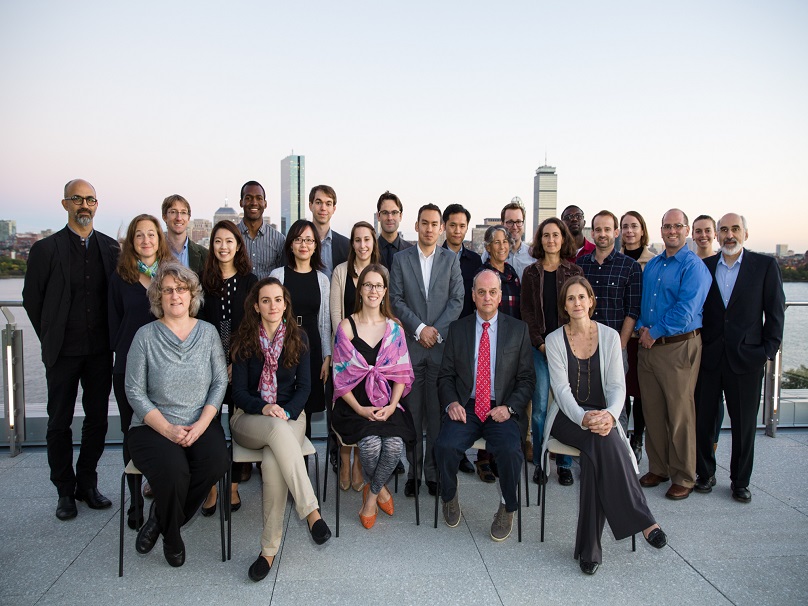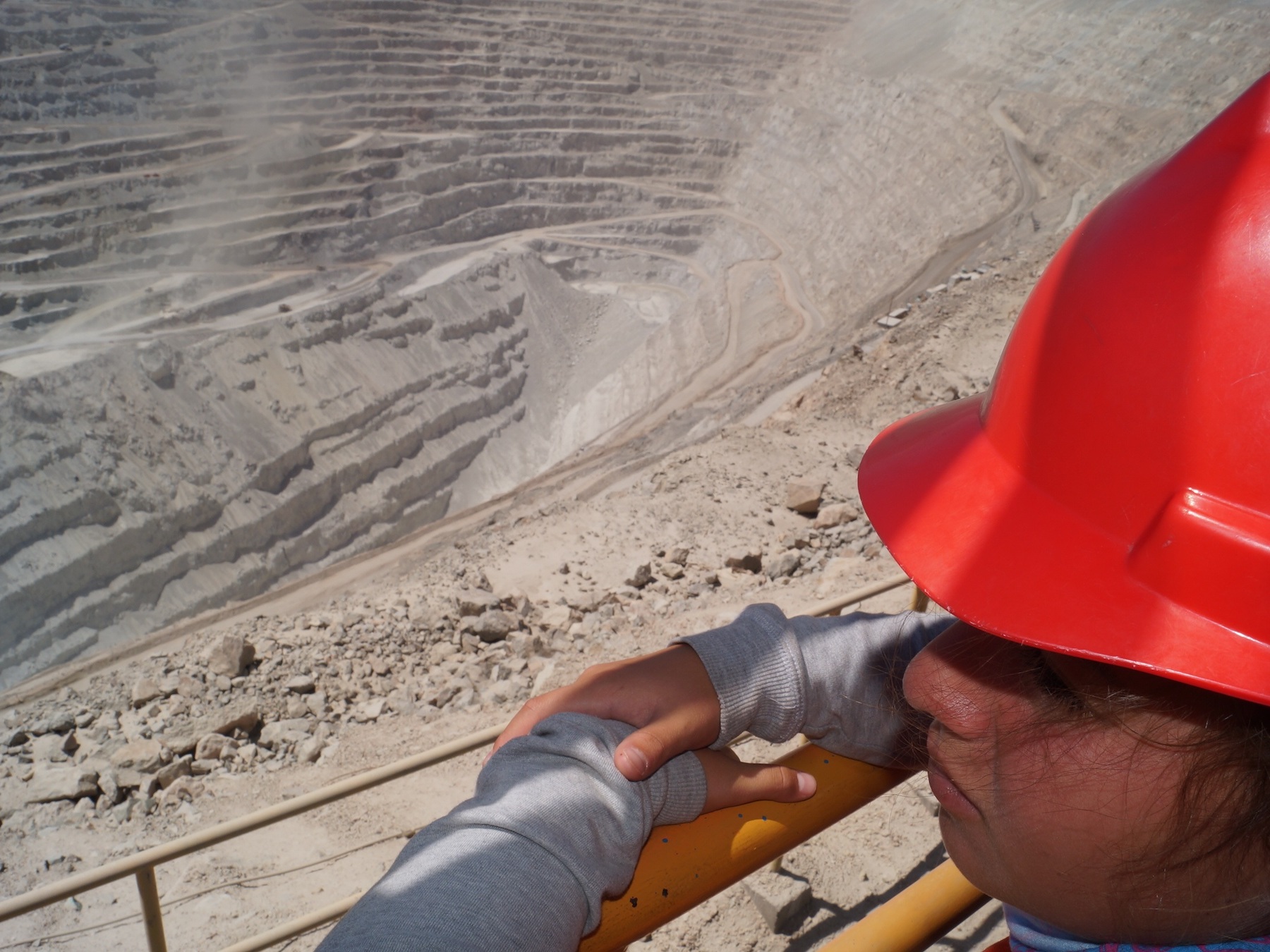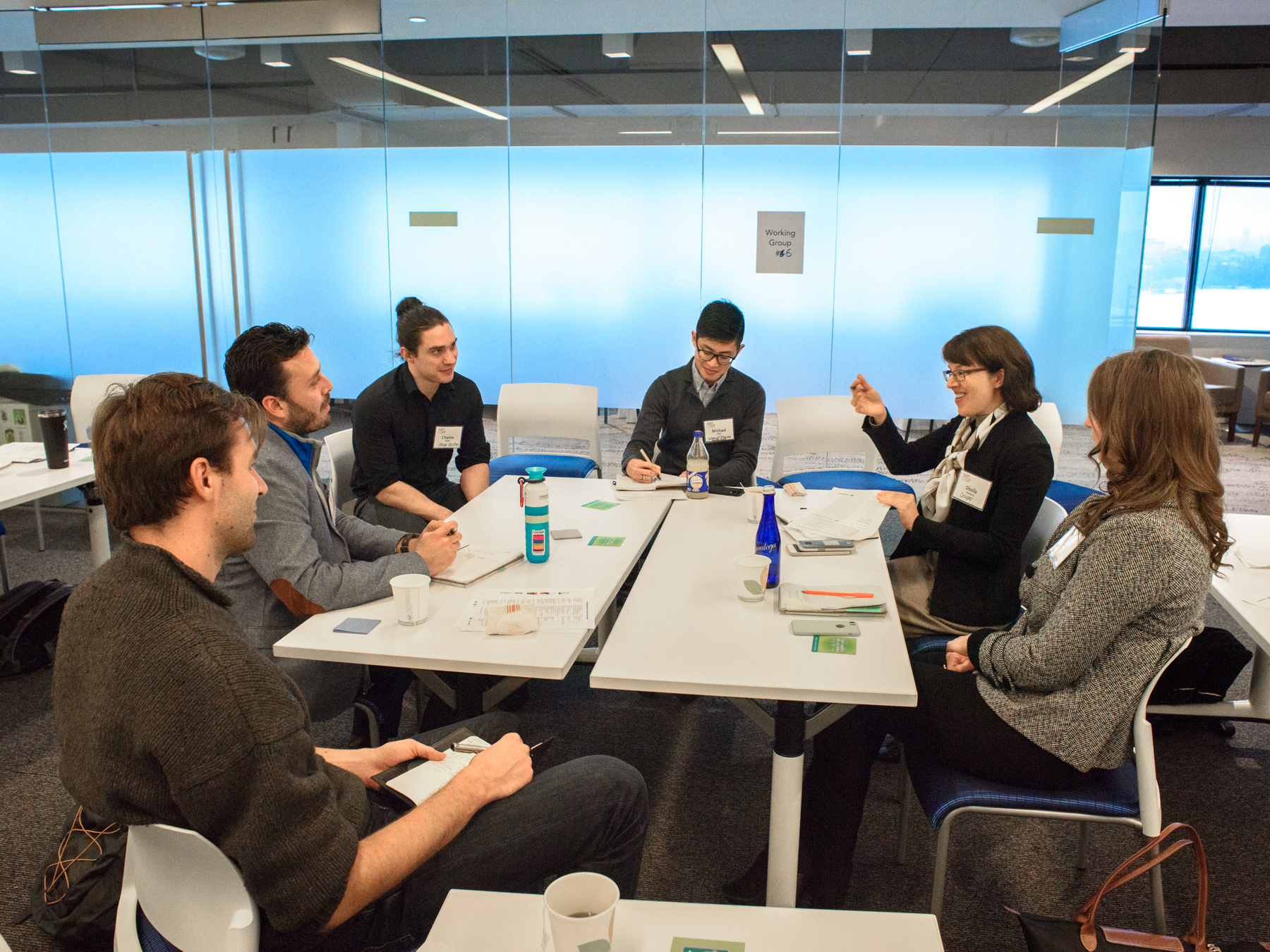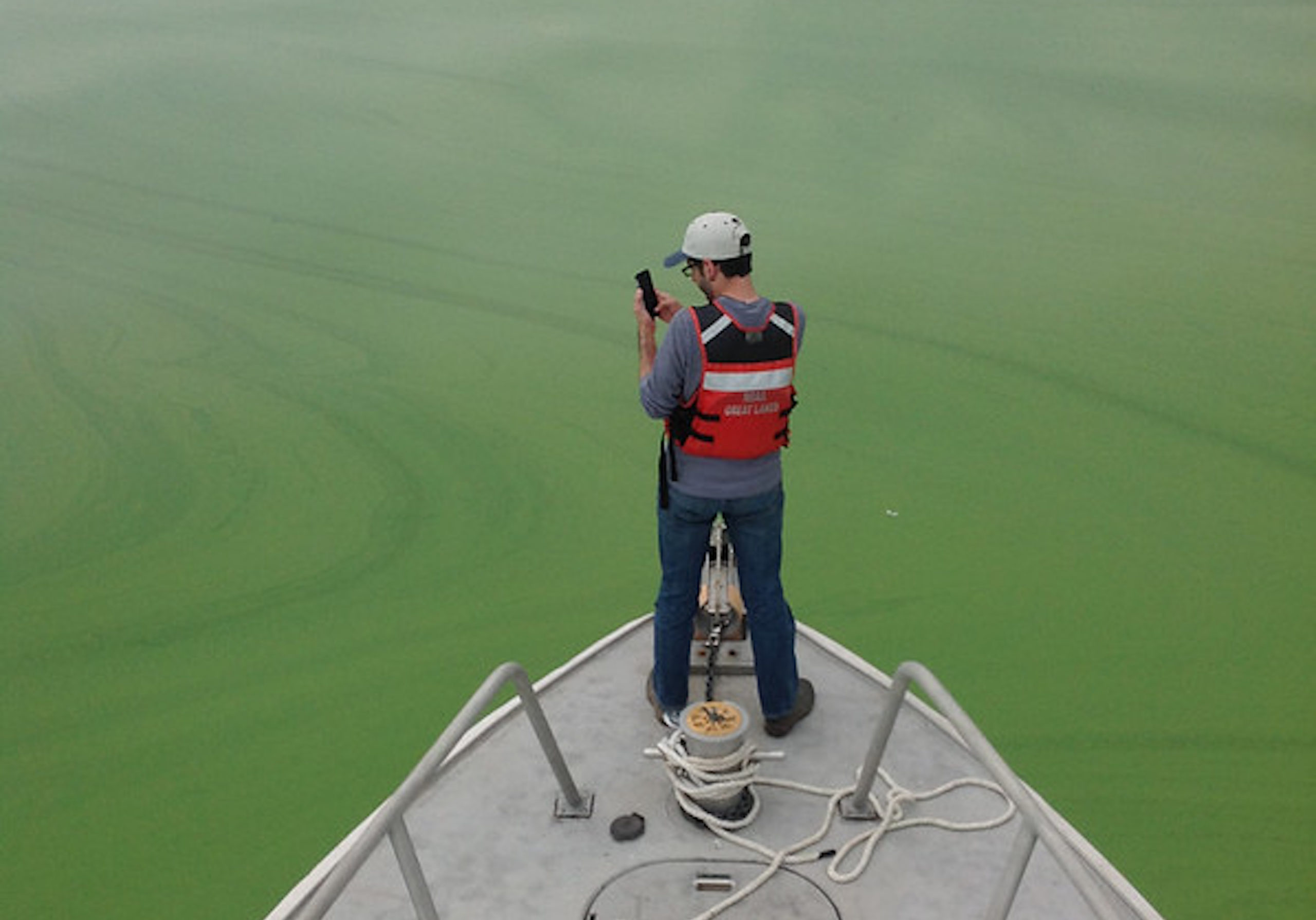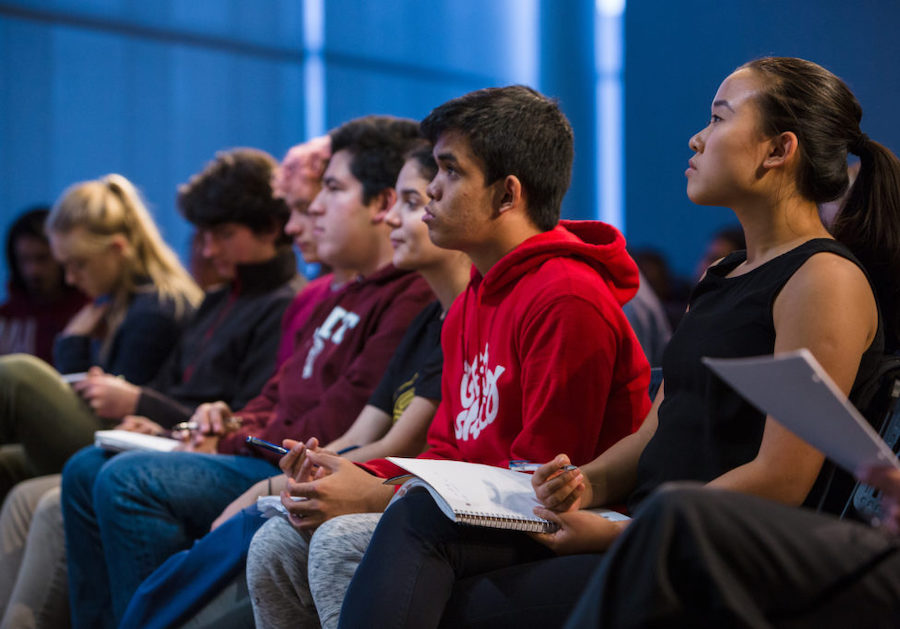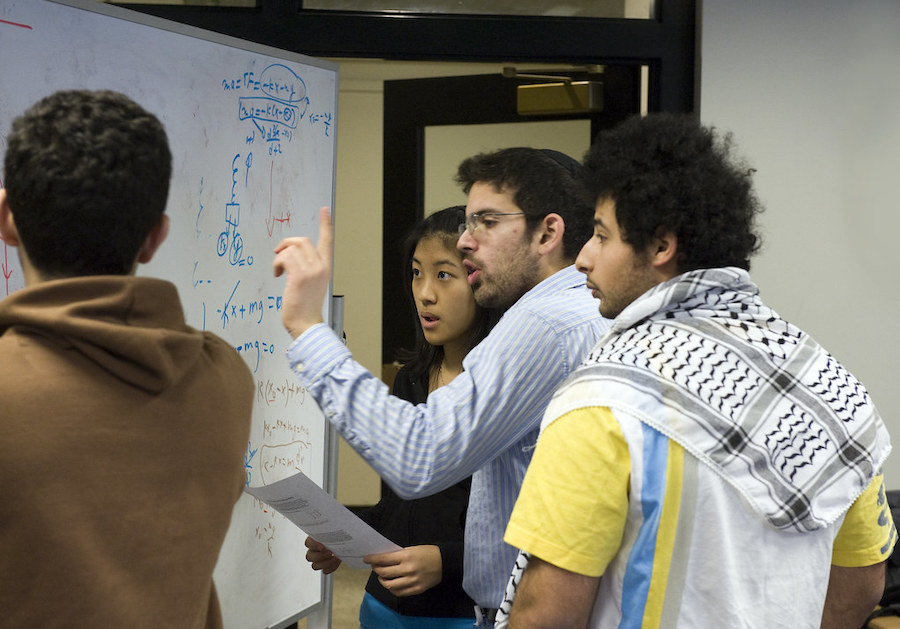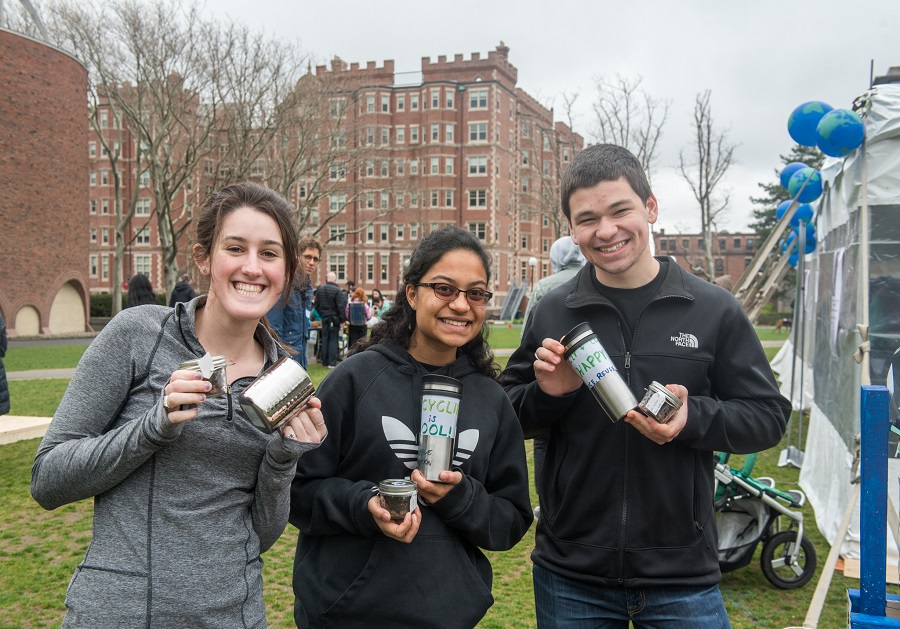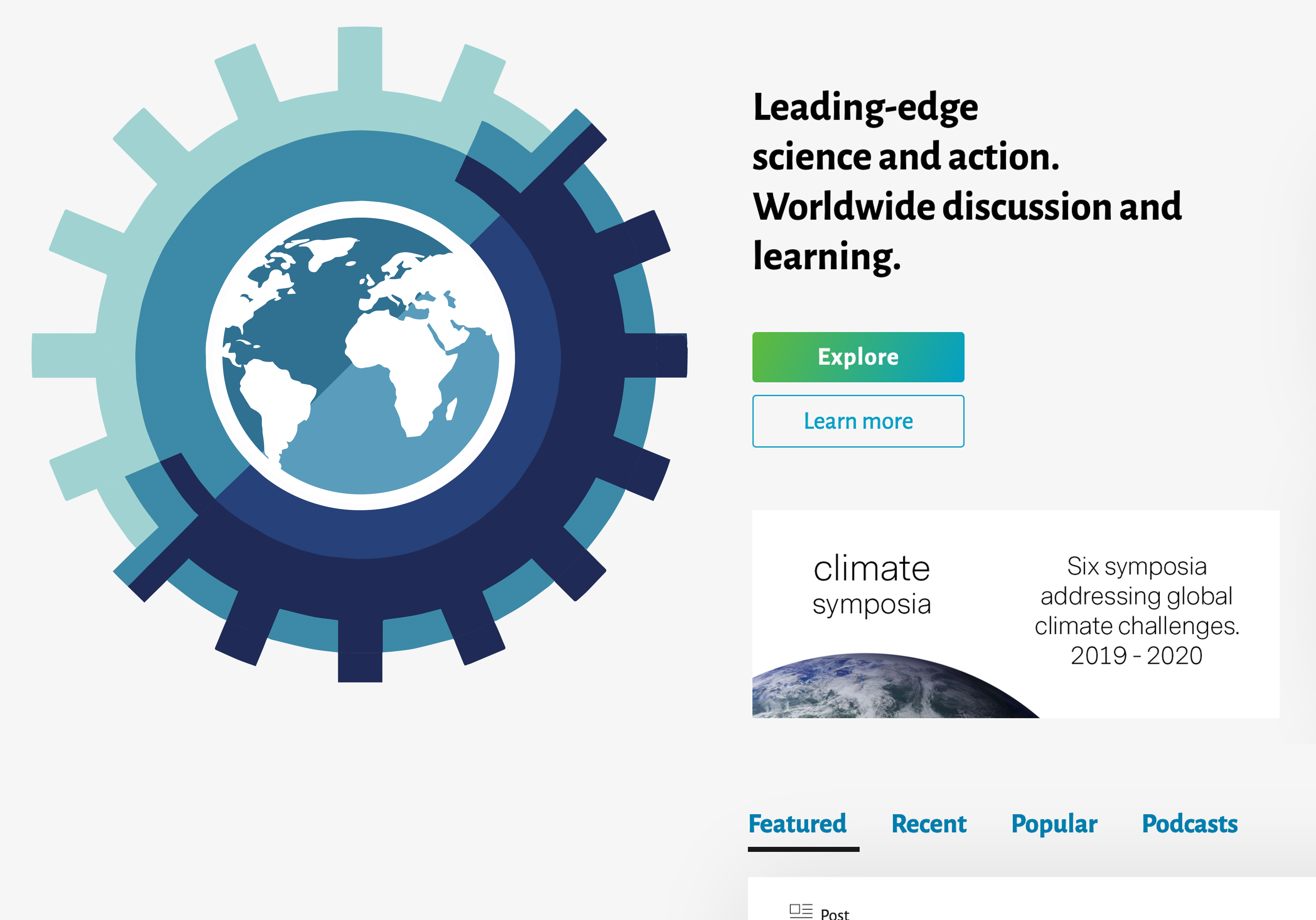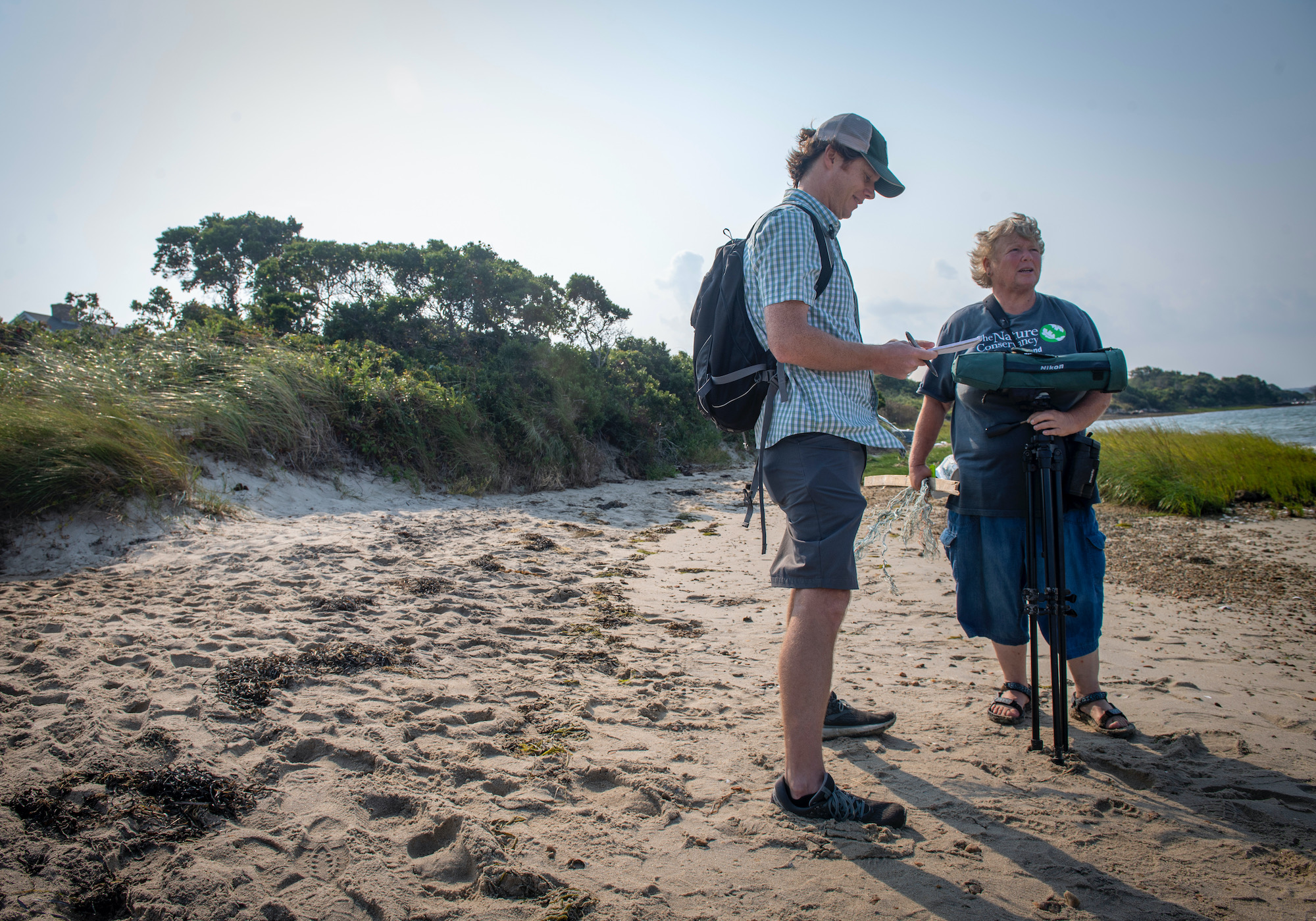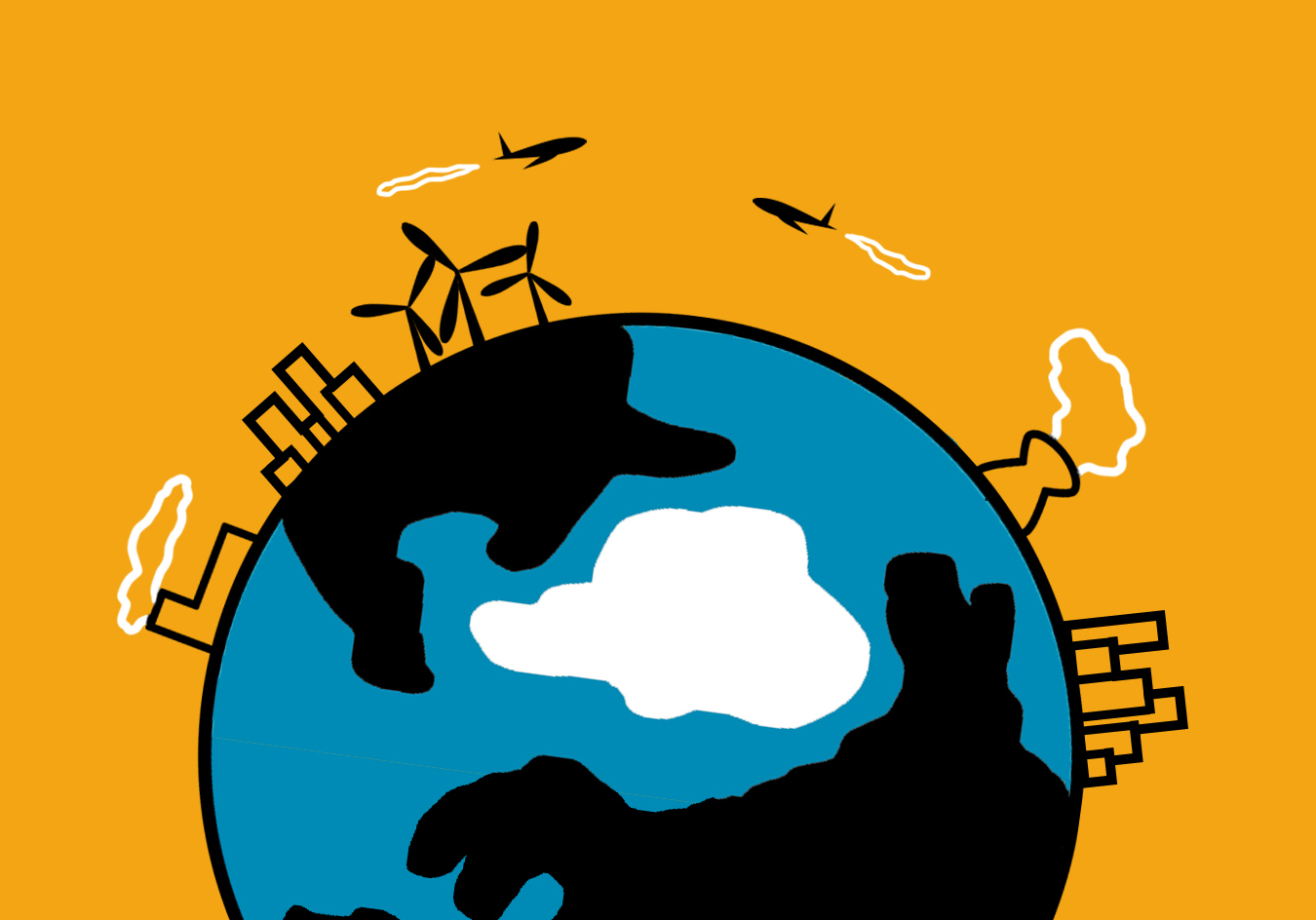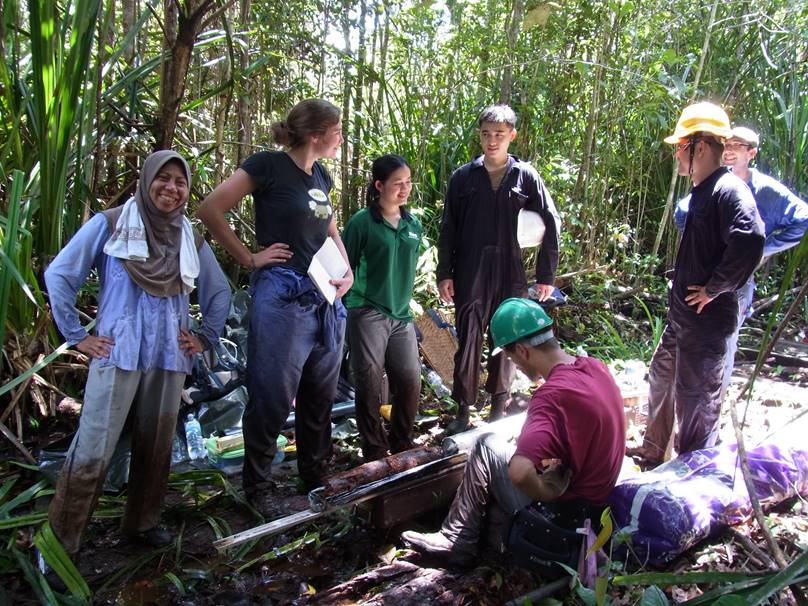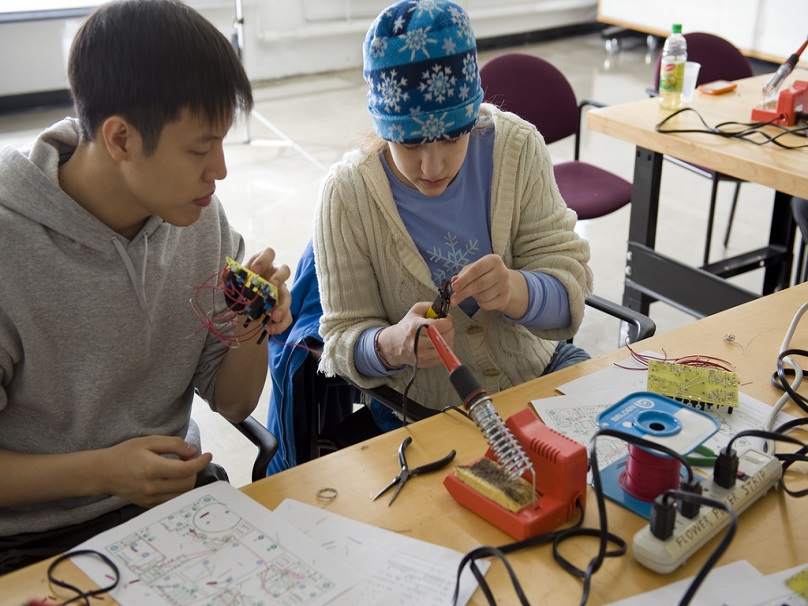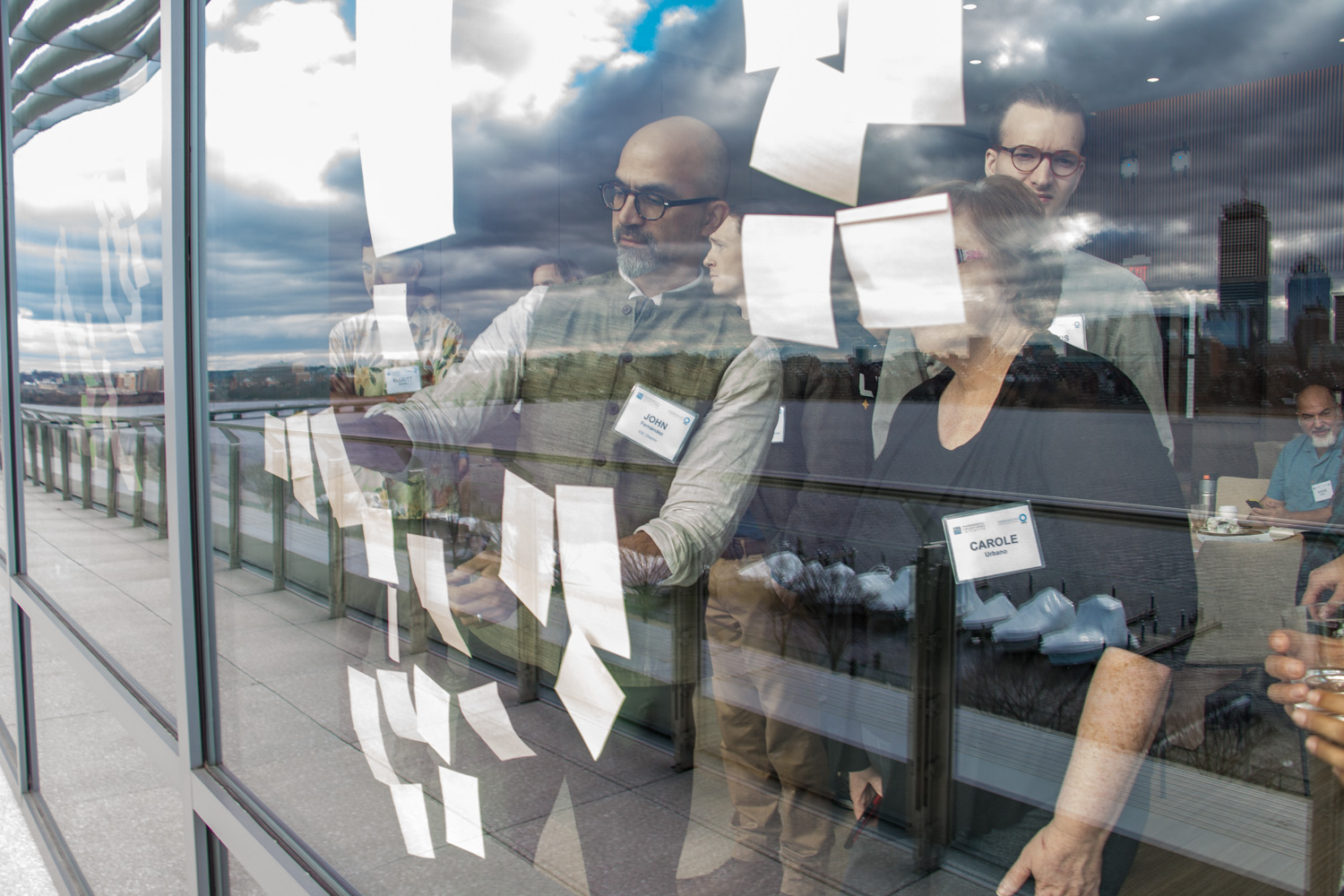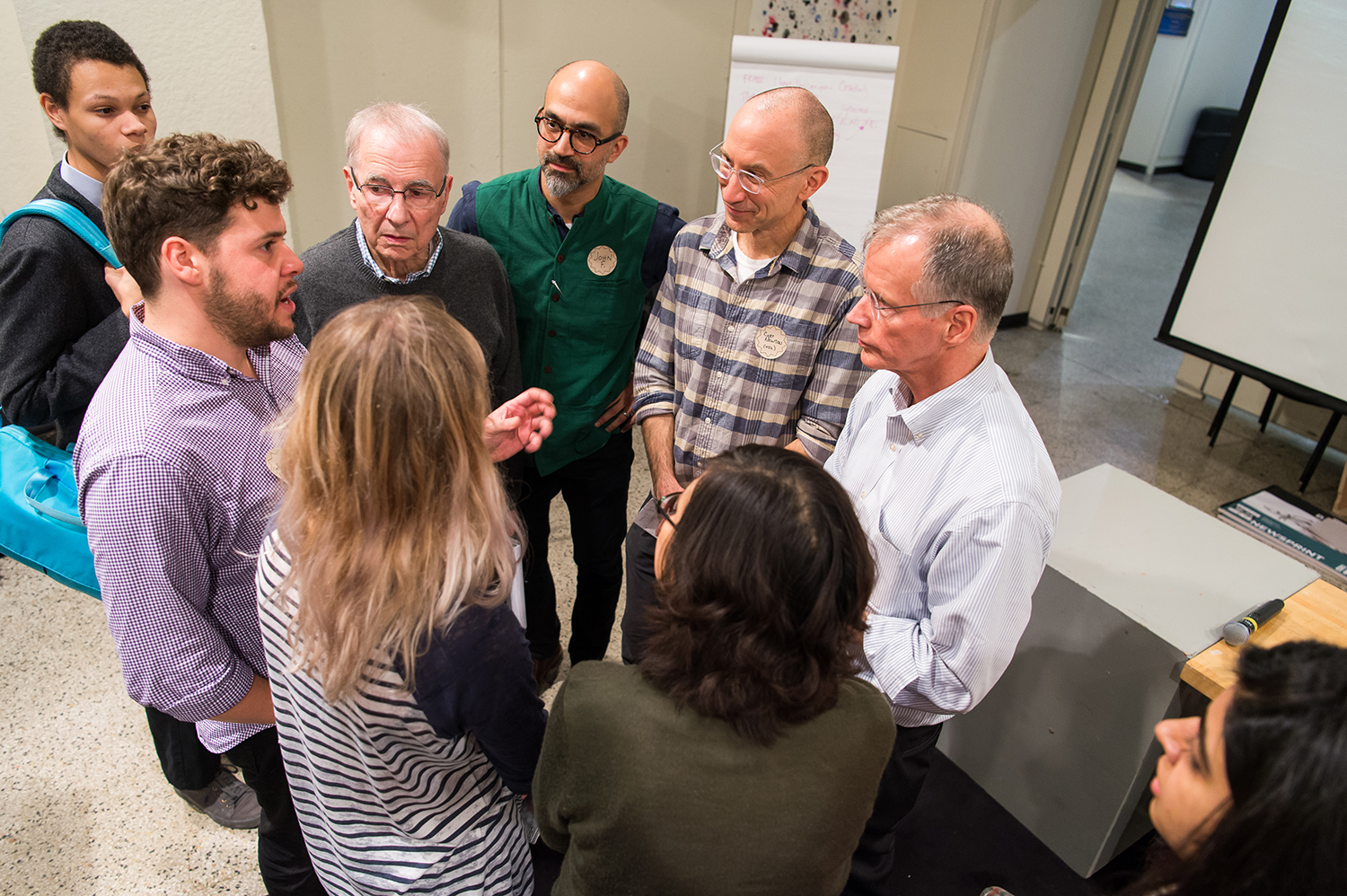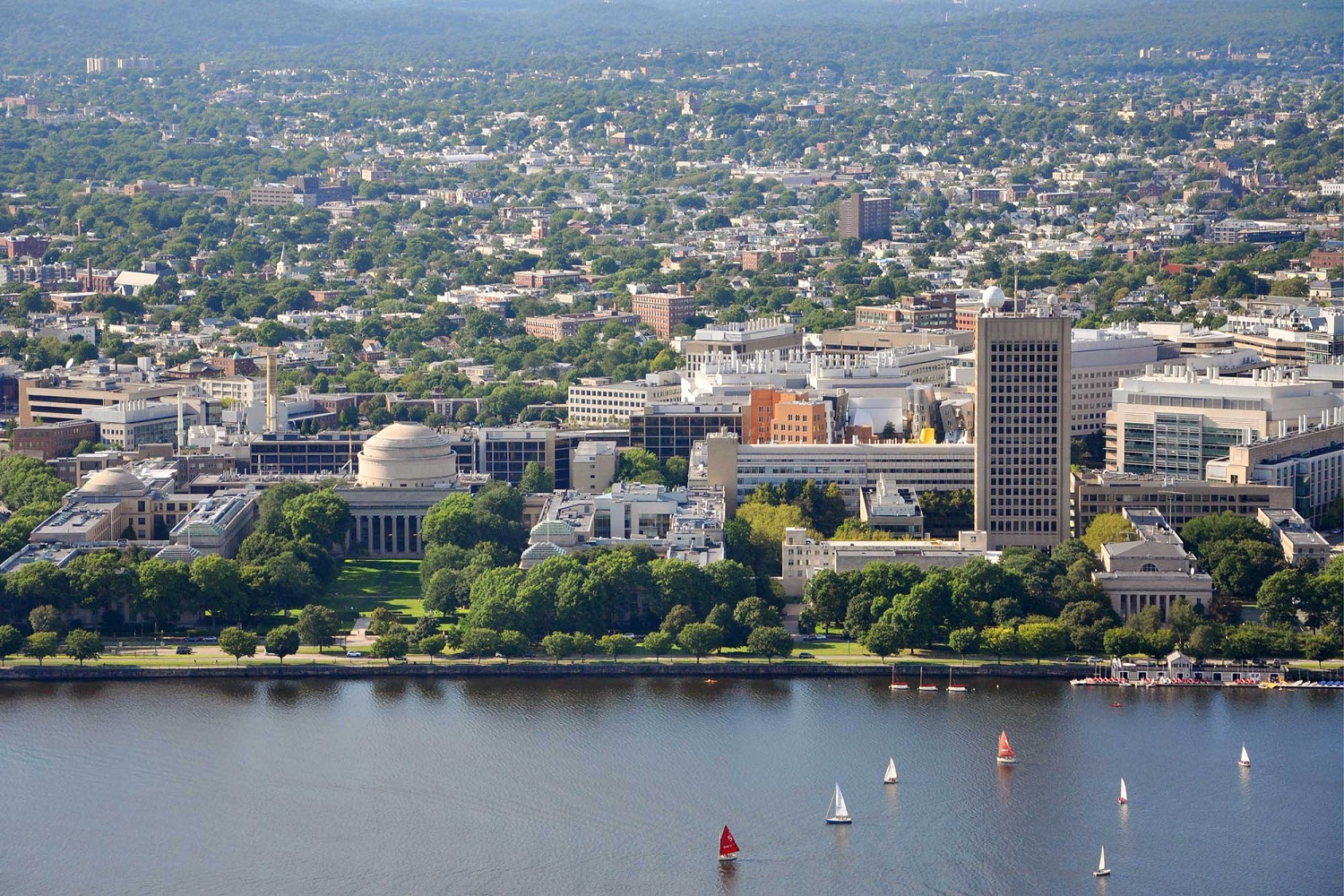Menu
About ESI
Who We Are
Founded in 2014, the Environmental Solutions Initiative is MIT’s institute-wide effort to mobilize the substantial scientific, engineering, policy, and design capacity of our community to contribute to addressing climate change and other environmental challenges of global import. We pursue multidisciplinary research, education, events, and partnerships to help move society toward an environmentally and socially sustainable future.
Based in Cambridge, Massachusetts on MIT’s main campus, ESI is powered by a lean staff working closely with students and faculty across the full spectrum of disciplines. Led by architecture professor John E. Fernandez, a leading scholar in the emerging field of urban metabolism, ESI is advised by students, faculty, alumni, and thought leaders from many sectors of society.
Reporting directly to Vice President for Research Maria T. Zuber, ESI plays an active role in the implementation of MIT’s Plan for Climate Action and collaborates closely with partners in departments, labs, and centers across MIT, as well as with undergraduate and graduate student groups.
Read more about ESI’s beginnings here, or learn more about ESI’s activities in this brief video:
An Agenda for Research, Education, and Engagement
Humanity’s past actions and current behaviors have resulted in dramatic damage to people and to nature, and pose huge risks for our planet’s future. From declining fisheries to acute urban pollution to record-breaking global temperatures, the evidence of human impact on the environment continues to mount (USGCRP, 2017). Across the MIT community, our scholars and students are working to understand, address, and reverse the negative effects of humanity’s footprint on the Earth.
ESI seeks to accelerate environmental solutions in three vital domains:
- Climate Science and Earth Systems
- Cities and Infrastructure
- Sustainable Production and Consumption
History has shown that effective solutions to challenging environmental problems nearly always depend on multiple disciplines. To advance a durable, sustainable relationship between humans and the environment, we require contributions not only from science, engineering, and technology, but also from the humanities, arts, economics, history, architecture, urban planning, management, policy, and more. MIT’s exceptional strength in all of these areas is matched by our proficiency, born of long experience, in bridging them.
Learn more about ESI’s projects in:
I. Research
Investment in research is required to improve our understanding of how humans are disrupting the intricately interconnected systems and cycles on earth, as well as how to minimize this disruption and steer future global development down a sustainable path. To date, ESI’s Seed Grant Program has funded 15 multi-investigator projects across the institute. An undergraduate research program exposes students from all majors to the full spectrum of ESI research and partners.
Current and future Seed Grant projects may easily span two and even all three of our research domains as important research topics are defined, and effective engagement and influence in the world beyond MIT is developed:
Climate Science and Earth Systems
Rapidly progressing changes to our climate system have become a primary challenge to our species. These changes threaten entire regions and societies partly because we have become exquisitely attuned to the stability of the climate. Disturbances to that stability have already begun to result in great human suffering and ecosystem damage through increased severity and frequency of extreme weather events (such as flooding and droughts), water and food disruptions, ocean acidification, and more. It is increasingly clear that nature-based solutions – conservation, restoration, and improved land management practices – will play a central role in reducing atmospheric carbon dioxide concentrations (Griscom et al. 2017). Effectively leveraging such solutions will require an improved understanding of network ecology and human dynamics.
This domain seeks to improve both our understanding of global climate and earth systems generally, and the application of this knowledge to affect action, mitigate carbon emissions, and adapt to climate change. Research priorities in this area include:
- Fundamental physics of climate science
- Consequences of climate change
- Biodiversity and ecosystems
- Climate action: political, economic, and social challenges
Cities and Infrastructure
Today, more than half of our species lives in cities, where 75% of energy is consumed and 75% of carbon emissions are produced. Urban populations are expected to double in the coming decades, and urban energy use and land areas will triple by 2050. At the same time, plans to mitigate climate change call for all cities to have decarbonization strategies in place by 2020 (Rockstrom et al. 2017). Reconciling such goals with the immense scale of projected urbanization will require rapid and continual innovation in environmentally-calibrated buildings, infrastructure, and transportation.
The degree to which future waste streams, including carbon dioxide emissions, increase with population growth will be greatly determined by the technologies and engineering solutions deployed to serve urban needs. Research priorities in this area include:
- Cities and nature
- The “Future City”
- Continued urbanization: political, economic, and social dynamics
Sustainable Production and Consumption
Adverse environmental consequences on humans and many other species – ranging from anthropogenic climate change to the Flint water crisis – result directly from energy and material extraction/generation and refinement, processing and production, and transportation and consumption. Transitioning these processes towards a more sustainable society will require new capacities to anticipate and minimize environmental and cultural harm. Adopting low carbon energy will be necessary but insufficient to prevent the worst effects of climate change; truly creative solutions are needed to convert our industrial system to one with a reduced demand for material production (Allwood et al. 2017).
This domain aims to improve our understanding of the interaction of technical, political, and cultural dynamics in energy and material demand. Close engagement with a wide range of industrial partners will be critical to developing alternative modes for supplying society’s needs. Research priorities in this area include:
- Production of materials and services
- Recycling and waste disposal policy
- Reduction and reengineering of plastics
- Societal consumption
- Pollutants: source, transport and health impact
II. Education
As emerging leaders and innovators, MIT students have a profound capacity to shape a more sustainable society. Addressing complex environmental problems requires professionals, advocates and scholars in all sectors of society who understand biological, geological, chemical, and physical processes; behavioral, organizational, governmental, and cultural dynamics; and how they interact. Highlights of ESI’s educational activities include:
- An undergraduate minor in environment and sustainability
- Infusing foundational undergraduate classes with diverse environmental content
- Fostering hands-on, learning-while-doing experiences both on- and off-campus
- Building on the success of the Martin Family Society of Fellow for Sustainability by expanding graduate student support in environmental research
- Extending students' environmental work experience with personal reflection and sustainability lessons through the MIT Action Sustainability Corps
III. Engagement
ESI fosters effective communication and engagement with the greater world through various forums connecting the MIT community with diverse experts and stakeholders. The ESI is working with lawmakers across the political spectrum – including former Congressman Bob Inglis (R-SC) and Senator Sheldon Whitehouse (D-RI) – to address the significant challenges that limit governmental climate action. Direct and sustained engagement with the world beyond MIT is critical to generate solutions that can be developed and deployed effectively where they are most needed. Through forums for discussion like the MIT Climate Portal and educational projects like the TILclimate podcast, ESI delivers on MIT's commitment to "offer the public a trusted source of climate change information [and] engage leaders and citizens in the effort for solutions."
ESI’s convening efforts also bring together expertise, fields, tools, and approaches that have yet to be deployed in environmental research. Through our People and the Planet lecture series and workshops like “Advancing conservation with artificial intelligence” and "Microfibers and microplastics: pursuing a life-cycle approach to solutions," ESI marshalls MIT’s vast technical ability on behalf of both students and faculty to provide new insights and approaches to the most pressing problems facing the natural world.

